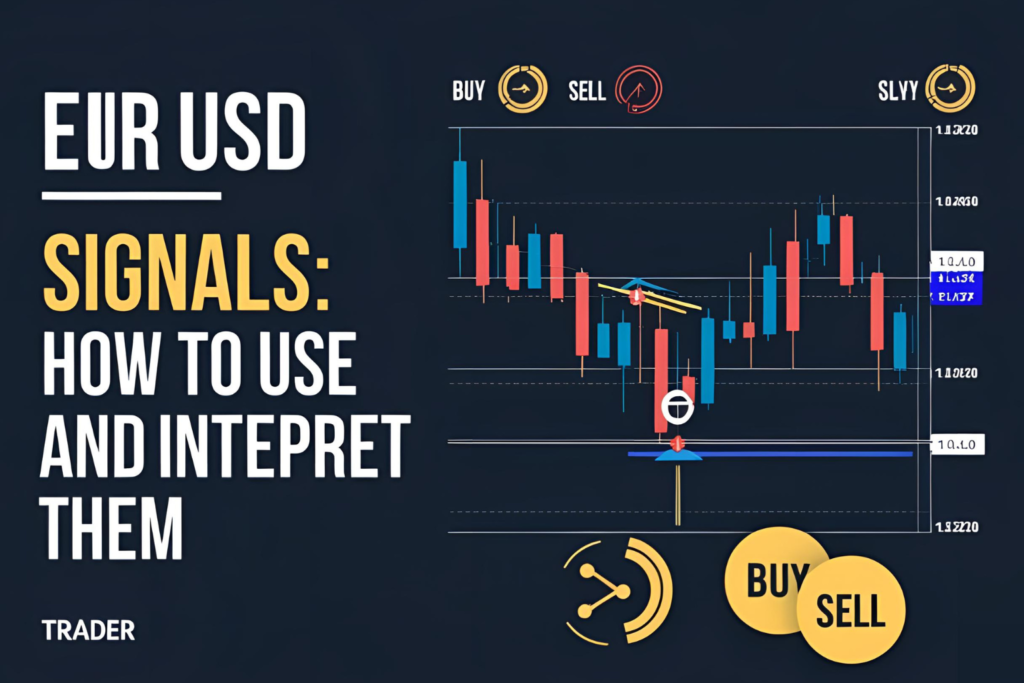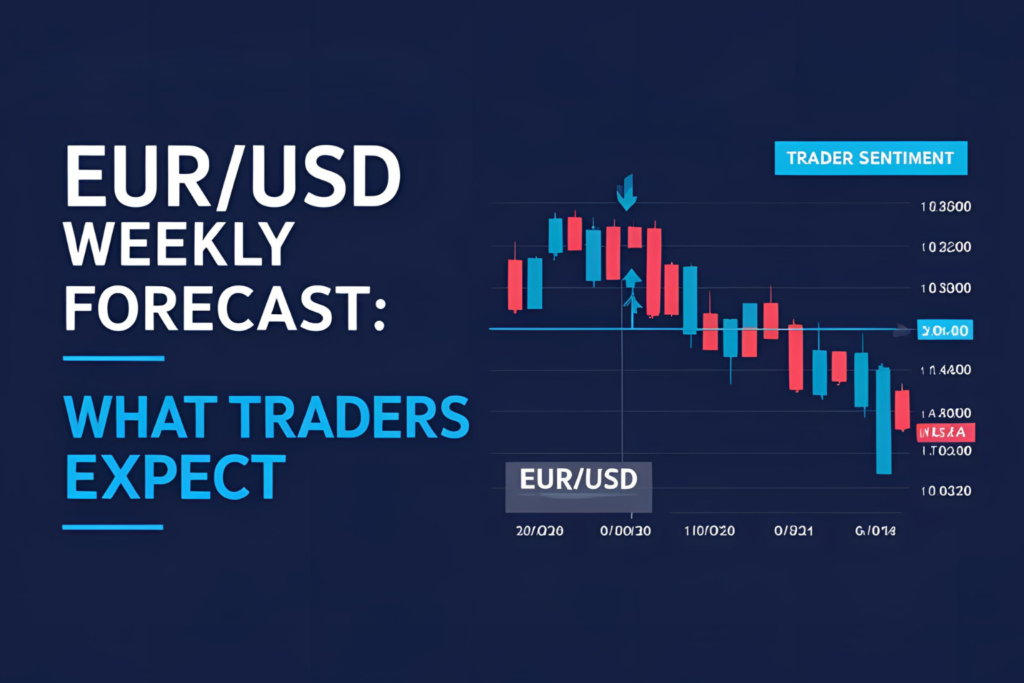The EUR/USD currency pair is highly sensitive to economic events, both in the Eurozone and the United States. Traders closely monitor economic calendars because price action often reacts sharply to major data releases and policy updates.
This post explains how economic events influence EUR/USD, which ones matter most, and how to prepare for them.
Why Economic Events Matter in Forex Trading
Forex prices reflect supply and demand, and economic news directly impacts both. Economic releases:
- Influence central bank decisions
- Reflect the health of a country’s economy
- Shift investor sentiment and risk appetite
- Trigger volatility and breakouts in key currency pairs
Since EUR/USD includes two of the world’s most important economies, economic events from either side can cause immediate price movement.
Key Economic Events That Move EUR/USD
1. Interest Rate Decisions (Fed and ECB)
Rate hikes usually strengthen the respective currency.
- A hawkish Federal Reserve can push EUR/USD down
- A hawkish ECB can drive it higher
2. Non-Farm Payrolls (NFP)
Released monthly by the US, this is one of the most market-moving reports. A strong NFP supports USD, while a weak one can weaken it.
3. Inflation Reports (CPI, PPI)
High inflation may lead to tighter monetary policy. Both Eurozone and US inflation figures are closely watched.
4. GDP Reports
Gross Domestic Product (GDP) shows economic growth. Surprising results often lead to sharp directional moves.
5. Central Bank Speeches
Comments from ECB and Fed officials—even without actual policy changes—can affect expectations and price trends.
6. Unemployment and Wage Data
Labor market strength is key to economic stability. Rising wages or falling unemployment may influence policy direction.
7. Geopolitical Developments
Brexit, elections, trade tensions, and global crises often cause EUR/USD to react quickly due to changing risk sentiment.
How to Prepare for High-Impact Events
- Check the economic calendar daily
- Mark high-impact events with red flags
- Avoid entering trades just before a major release
- Use wider stop-loss settings during volatile times
- Monitor real-time news alongside your chart
Platforms like Forex Factory, Investing.com, and TradingView provide up-to-date calendars and alerts.
Interpreting Price Action During News
- Spikes and wicks are common in the first few minutes
- Whipsaws may hit both sides before the real trend develops
- Wait for the first candle to close before acting
- Use confirmation from support/resistance or breakout levels
A calm and prepared approach helps you avoid unnecessary losses during high-volatility moments.
Frequently Asked Questions (FAQs)
1. Which economic event affects EUR/USD the most?
Interest rate decisions from the ECB and Federal Reserve have the largest and most lasting impact.
2. Should I trade during economic releases?
It’s risky, especially for beginners. Wait for the initial volatility to settle before entering a trade.
3. How often is NFP released?
The Non-Farm Payrolls report is released on the first Friday of every month by the US Bureau of Labor Statistics.
4. Do Eurozone and US events have equal weight?
Not always. The importance depends on current market focus and expectations. Sometimes one region drives the pair more than the other.
5. What’s the safest way to trade around news?
Reduce trade size, use wider stops, or wait for post-news confirmation before trading directionally.


